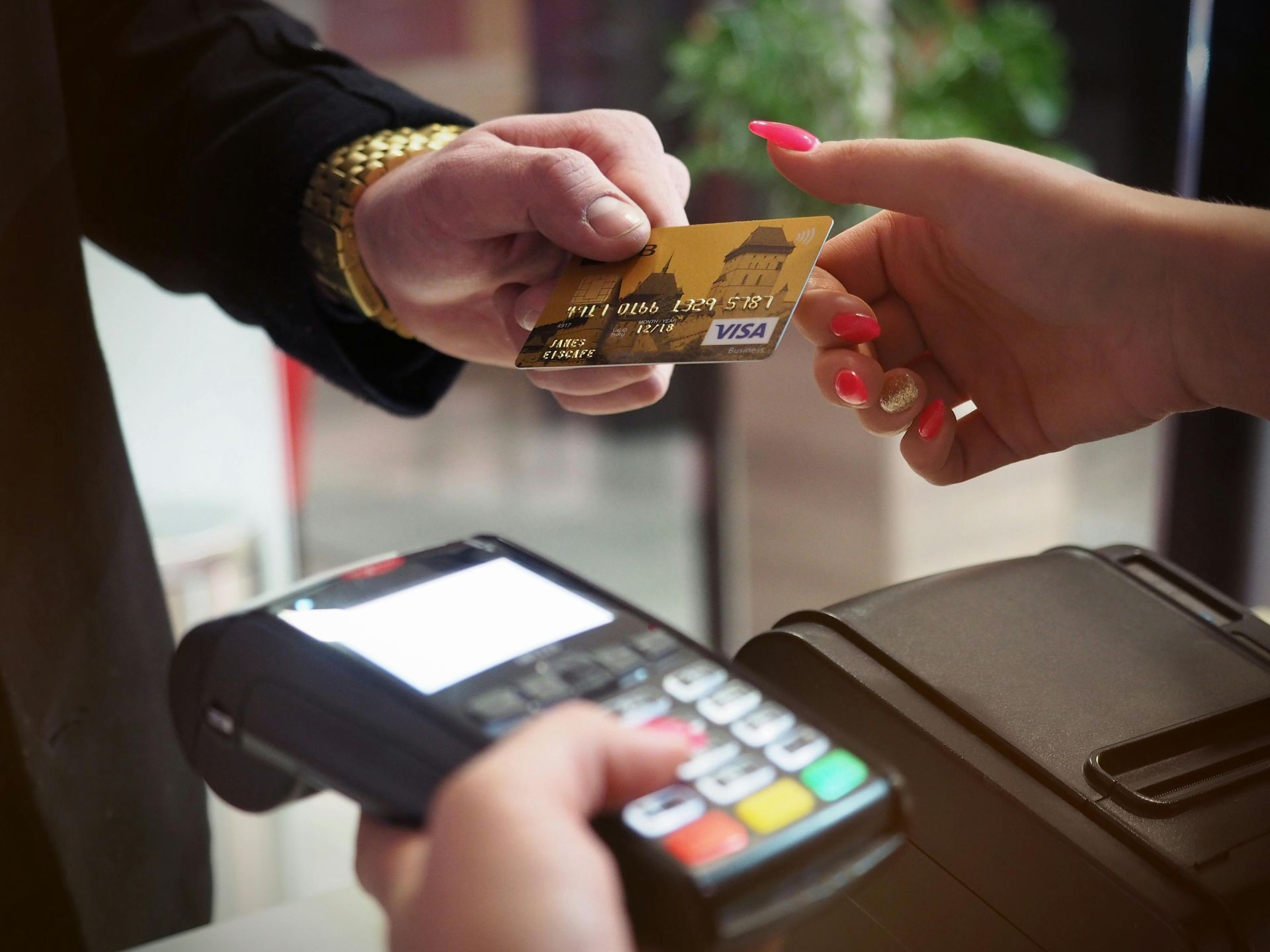Financial Planners vs. Investment Advisors in Canada: What's the Difference?
Whether you're saving for retirement, managing an inheritance, or trying to decide between a TFSA and an RRSP, getting professional financial advice can be a game-changer. But who should you speak to: a financial planner or an investment advisor?
In Canada, these two roles are distinct — and understanding their differences can help you make better decisions.
What Is a Financial Planner?
A financial planner typically works at the retail level and is often found in bank branches. Their job is to:
- Help clients build a holistic financial plan
- Advise on savings strategies (TFSA, RRSP, FHSA)
- Set retirement and investment goals
- Conduct regular reviews and portfolio rebalancing
At BMO, for example, financial planners sit in-branch and are salaried professionals. They offer a broad overview of your finances, not just investments.
What Is an Investment Advisor?
An investment advisor usually works for a brokerage or wealth management firm, like RBC Dominion Securities or BMO Nesbitt Burns. These professionals:
- Handle larger portfolios (usually $250K+ minimum)
- Build custom investment strategies
- Trade on your behalf
- Provide tax-efficient portfolio management
They are often commission-based or fee-based and may be licensed under IIROC (Investment Industry Regulatory Organization of Canada).
Key Differences
| Financial Planner | Investment Advisor |
|---|---|
| Retail-focused, found in branches | Work for brokerages or wealth firms |
| Offer holistic planning | Focus primarily on investments |
| No minimum assets required | Often require $250K+ in investable assets |
| Typically salaried | Often commission- or fee-based |

What About TFSA, RRSP, FHSA, and Non-Registered Accounts?
All of these account types are tools your advisor or planner might recommend — depending on your financial goals:
TFSA (Tax-Free Savings Account)
- Great for short- or long-term savings
- Withdrawals are tax-free
- Contribution room accumulates each year
RRSP (Registered Retirement Savings Plan)
- Ideal for retirement
- Contributions are tax-deductible
- Withdrawals are taxed as income (except under certain programs like Home Buyers' Plan)
FHSA (First Home Savings Account)
- Designed for first-time homebuyers
- Combines the benefits of a TFSA and RRSP (tax-deductible contributions and tax-free withdrawals for qualifying home purchases)
Non-Registered Investment Accounts
- No contribution limits
- Earnings are taxable (capital gains, dividends, interest)
- Offers flexibility and liquidity
Final Thoughts
Choosing between a financial planner and an investment advisor depends on your financial situation, goals, and how much money you have to invest. Both play important roles, and sometimes you may benefit from working with both.
OpenBankr makes it easier to find the right banking professional — whether you need someone to help open a TFSA or manage a $1M portfolio.
Stay tuned as we launch a smarter, more direct way to connect with trusted financial experts in Canada.


